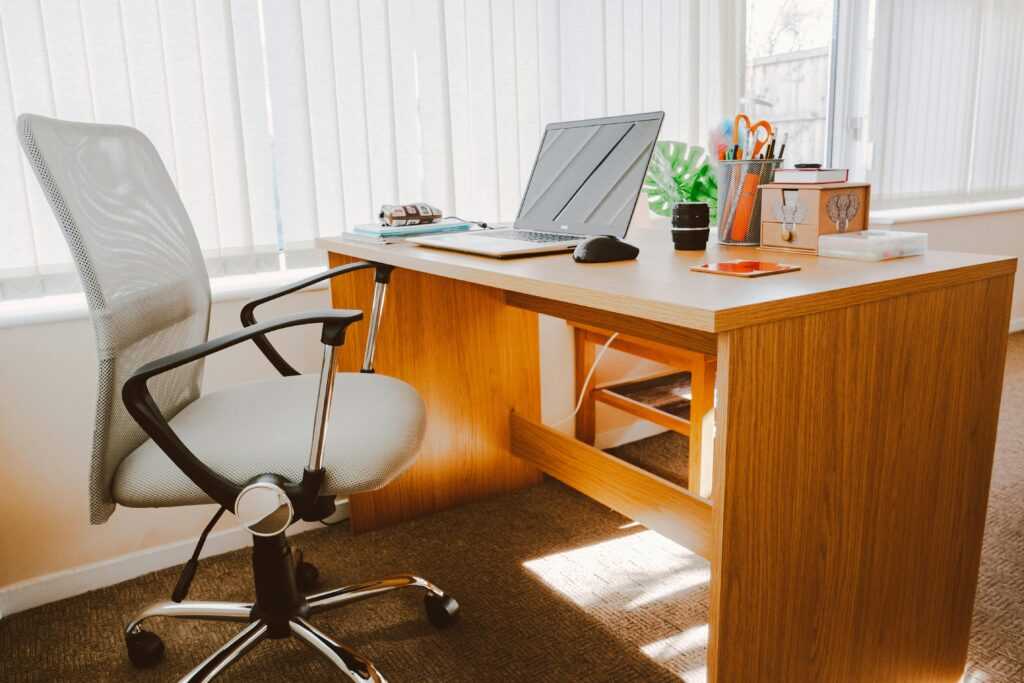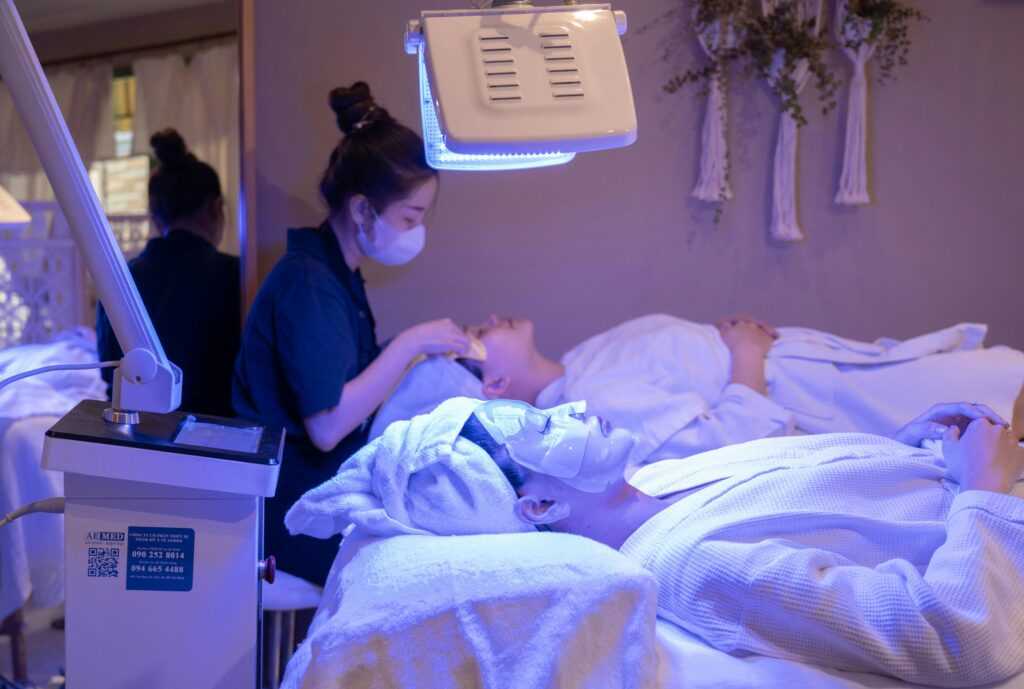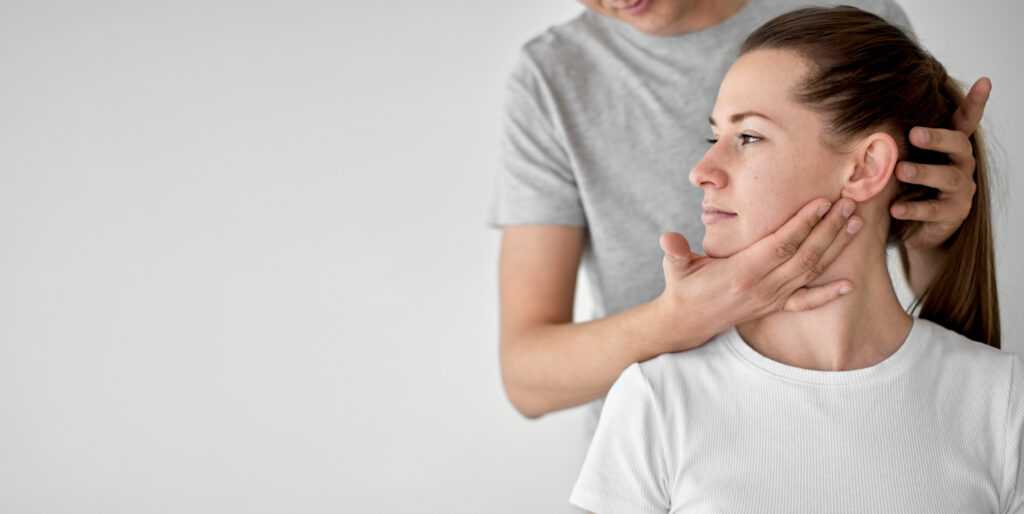Sit the way you actually work for an hour. Feet flat. Hips a touch above knees. Shoulders relaxed. Wrists straight. Now bring the surface to that shape. Your eyes should land on the top third of the screen without leaning forward. If you have to hunch or reach, the height is wrong, and the depth is wasting space you don’t have. Two presets solve most days: one for long writing blocks, one for calls and light reviews. Keep them simple and use them every time you switch tasks. That small habit keeps your neck calm and your focus steady through busy mornings and late edits.
When you’re picking hardware, start with a sturdy, quiet base and a top that fits your wall span. If you want a straight path with less guesswork, a height adjustable desk gives you clean lift, repeatable heights, and a footprint that works in tight rooms. Match width to the room, leave a hand’s width of walkway on the busy side, and choose a durable top that shrugs off coffee rings and daily notes. You’re buying comfort and rhythm, not a showpiece.
Chair first, then everything else
Your chair teaches posture all day. Set the seat so your feet plant, adjust depth so your lower back meets the support, and raise the arms until your forearms rest level with the keys without lifting your shoulders. Try a full hour of mixed work – email, a quick call, some focused writing. If you find yourself crossing legs to stay upright, the base is off. Fix that before you add gadgets. Once the chair holds you well, the desk presets feel natural and you stop fighting the setup.
If you’re upgrading seating, look for clear lumbar support, seat depth range, and arms that slide under the desk so you can sit close to the keys. A well-built chair pays you back every minute you sit. For a focused browse of options that cover real workdays rather than showroom looks, explore ergonomic office chairs and filter by seat depth, lumbar range, and arm adjustability. Pick fit over style. Your back will thank you by midweek.
One tidy list to stop cable mess and small annoyances
- Route power to one under-desk strip on the outlet side; send a single surge-protected cord to the wall
- Leave a soft loop where the desk moves so plugs never pull when you stand
- Keep a vented stand under the laptop to cut fan noise during heavy sessions
- Bounce a lamp off the wall behind the screen for softer light on video calls
- Park a microfiber cloth in the drawer and wipe the screen once a week
These tiny moves make the lift feel invisible. No snags when you change height. No glare that tires your eyes. No hum from the back edge kissing the wall. The desk fades; your work shows up.
Layout that saves space on day one
Think triangle, not line: chair in the pocket, main screen centered, keyboard square to the screen, mouse close enough that your elbow can rest by your ribs. If depth is tight, use a shallow monitor arm, so the panel sits back without eating elbow room. Place notes, pens, and the one charger you trust on the non-mouse side, so the main zone stays clear. If a bin lives under the desk, add sliders so it glides with one hand. Small frictions kill good habits; remove them now, and you’ll actually use your presets instead of promising you will.
Glare is a silent thief. If you face a window, nudge the desk a hand’s width off-center and tilt the screen slightly back. Keep light warm and indirect. Your eyes will hold out longer, and your camera read will improve on calls without extra gear.
A pace you can keep without burning out
You don’t need heroic standing streaks. You need planned movement. Use your two presets to mark the beats of the day: seated for deep work, standing for reviews and calls. Set a simple timer – fifty minutes on, five off – to reset posture and eyes. During breaks, roll shoulders, open hands, and look far past the screen. If you wear progressives, drop the panel a touch so your neck stays neutral. Share the desk? Save a preset with the other person’s name and stop guessing mid-meeting. The goal is smooth switches, not records.
On Fridays, take two minutes to reset the zone: square the keyboard to the screen, coil the one cable that drifted, and clear the mug ring that tried to settle in. Monday starts clean when Friday leaves it that way.
Buy once, adapt as your work changes
Work shifts – more calls, a second screen, a new laptop with new ports. A solid base and a supportive chair let the rest evolve without drama. Add an arm when you’re ready, swap a top if the room changes, and move heights as your shoes do. Keep a tiny kit – clips, one spare HDMI, alcohol wipes – for five-minute fixes. The less friction, the more you’ll use the features you paid for. When the furniture disappears and the hours feel smoother, you’ll know the setup is right: the desk meets you where you are, the chair keeps you steady, and the room finally works for the way you live and work.


 Edward Strzelecki is a valued article writer at Body Care And Matter, known for his straightforward and accessible approach to health and wellness topics. With a focus on clarity and practicality, Edward's writing provides readers with easy-to-understand information that they can apply in their daily lives.
Edward Strzelecki is a valued article writer at Body Care And Matter, known for his straightforward and accessible approach to health and wellness topics. With a focus on clarity and practicality, Edward's writing provides readers with easy-to-understand information that they can apply in their daily lives.

